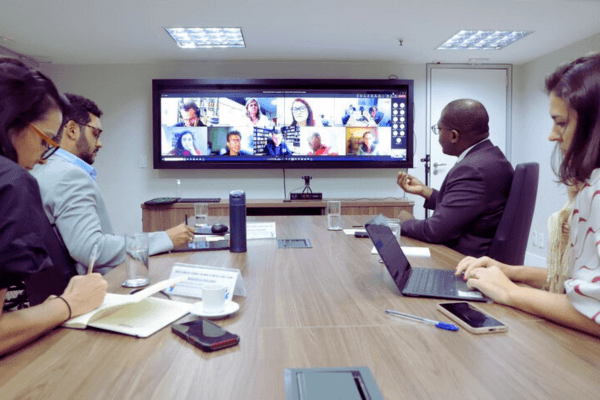How to Maintain Motivation in Long-Term Remote Work
Remote work has transformed how we approach productivity and personal well-being. Without daily commutes, office dynamics, and rigid schedules, professionals gain more freedom — but this same freedom can gradually erode motivation. After months or years working from home, many remote workers experience fluctuating energy, declining excitement, and a sense of monotony that slowly reduces … Read more









